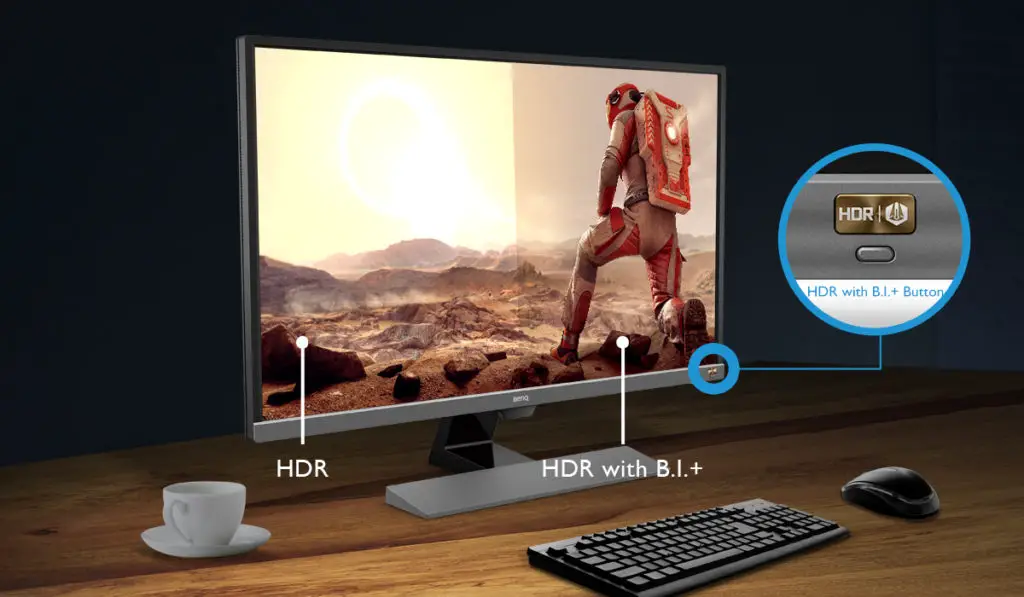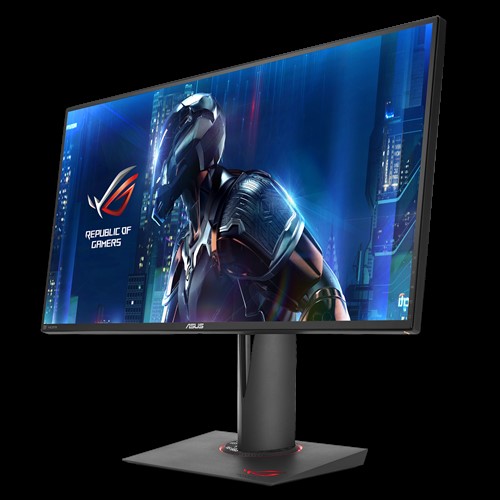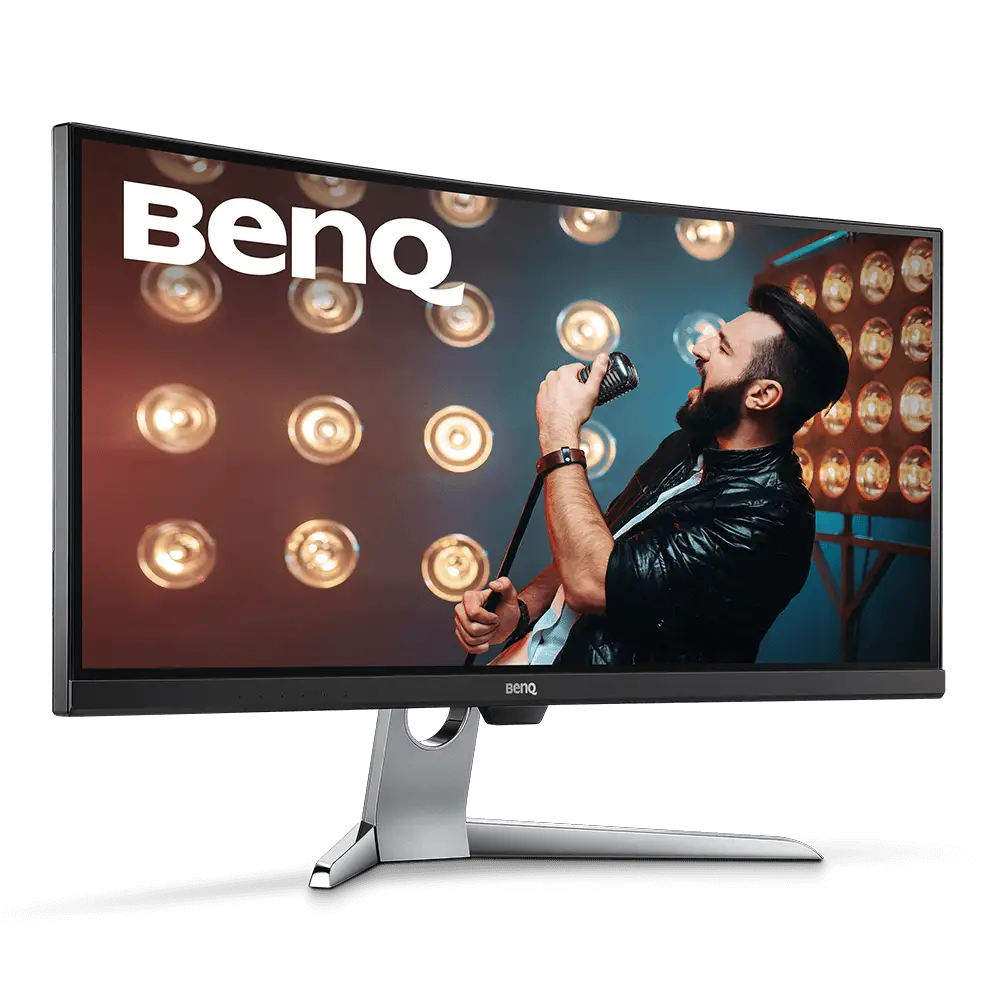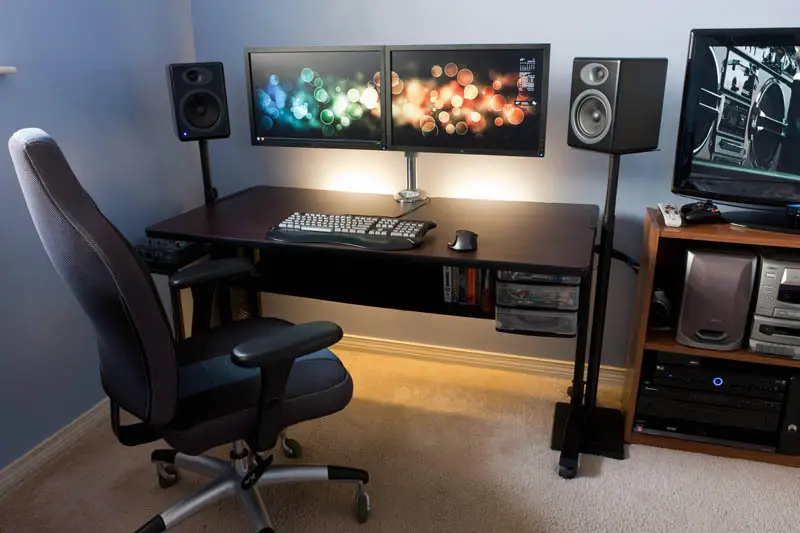Choosing the correct monitor for your computer is crucial since it is responsible for all the visual experience you incur. Therefore, it is necessary to understand the different types of displays that are available in the market and compare them to see which one is appropriate for you. There are three basic types of display panels that are available in general. IPS (In-Plane Switching), TN (Twisted Nematic), and VA (Vertical Alignment) panels.
All three kinds of displays are created to cater to a specific set of audience. Not every display can perform equally good at what other displays can. This is why it becomes important to select what kind of monitor you need. Think about your requirements and your job if you are selecting a monitor for your office. This will help you crosscheck some things beforehand and will further help you decide which kind of display will be ideal for you.
To help you with this decision, we came across the three panel types and studied how the technology that powers them. In this article, we will give you a brief overview of different types of display panels and how they differ from each other so that you can decide which will be the best-suited one for your desk the next time you are in front of your computer.
Table of Contents
TN (Twisted Nematic) Panels Explained

Twisted Nematic or TN Panels are perhaps the most widely used type of LCD panel technology. The distinctive features of this panel make it an ideal choice for gamers as well as other enthusiasts that want speedy data input and output.
TN panels have the highest refresh rates in the monitor industry. These can have a refresh rate of 144Hz and more. This is why they are suited for gamers, and there are no stuttering images as well. Various companies like Nvidia and AMD have certified their graphic cards with monitors with technologies such as G-Sync and Freesync, where the number of Hz goes up and down based on the number of frames per second.
TN panels also have the fastest response time of only 1 millisecond seen in most of the monitors. This results in a very responsive action from the monitor. TN panels never suffer from problems such as blurred lines due to the fast response rate.
But that does not make TN panels perfect. They are not as bright as other types of monitors and also fall back on the viewing angles. If your monitor setup includes one standard-sized monitor, then this will work for you. But if you want a multi-monitor setup or a large monitor, limited viewing angles will harm your productivity.
TN panels also do not have accurate color reproduction. When compared to other displays, the colors on a TN panel might look slightly dull and less vibrant. This is the reason there are no TN monitors with HDR.
IPS (In-Plane Switching) Panels Explained

IPS or In-Plane Switching displays were created to address the cons of the TN displays. These panels address issues of TN panels that were poor color reproduction and low viewing angles. IPS panels offer a higher contrast ratio with superior blacks, great color accuracy, and also they do not shift colors when the viewing angles are changed.
As a result, people that are into creating jobs such as photo editors and cinematographers, IPS is the ideal monitor type for them. IPS also has the highest color gamut, which results in excellent color reproduction. IPS monitors also display sharp images even if you are not right in front of your computer.
However, IPS displays have the lowest refresh rate. You will seldom find any IPS display exceeding the 75Hz refresh rate. However, they are still in development, and companies are trying to bring high refresh rates to IPS displays as well. But right now, they are awfully expensive and not recommendable to everyone.
IPS displays also have a high response time of up to 4 milliseconds. This is slow from the 1ms response time we saw on the TN panels. But just like with refresh rates, companies are also trying to improve response time on these panels. There are a few IPS monitors with response time going as low as 2 or 1ms.
VA (Vertical Alignment) Panels Explained

VA panels can perhaps also be called as the bridge between IPS and TN panels. They were created to combine the advantages of both the IPS and TN panels. They were successful in doing that, although with a bit of compromise.
VA Panels offer a balanced image quality between IPS and TN. The color gamut might not fully match with that of the IPS, but it really comes close to it. The viewing angles are slightly lower than IPS but are far better than TN panels. VA gaming monitors also excel in contrast ratios and offer deep blacks similar to IPS.
About refresh rates, VA panels offer average rates of around 60Hz to 120Hz or more. Most of the latest games will run smoothly on this type of panel. Some displays also support Freesync and G-sync these days.
Response time on VA panels is perhaps the highest of up to 5 milliseconds. This means that motion blur can be experienced quite often on these kinds of displays. However, with recent developments in the display tech, many firms are trying to bring down the response time and are even successful in doing so. But they are generally on the higher side of the price range.
IPS vs. TN vs. VA | The Final Verdict
Just like many other things in our life, nothing is perfect. Each of the panel types has its own share of advantages and disadvantages. TN panels are good for competitive gamers that require support for high refresh rates, low response times, low input lag, and high resolution in monitors. However, due to the bad viewing angles and awful color reproduction, if you want to play games such as Skyrim or other games like Flight Simulator, you might want to choose a different kind of display panel.
IPS panels tend to solve the issues with better color reproduction and great viewing angles, but with the catch of refresh rate and response time. IPS panels can be useful for gamers that do not play competitively, or for those that want a much surreal and immersive visual experience.
VA panels are a good balance between both the beforementioned panel types. They offer better refresh rates and contrast levels than IPS panels with slightly bad viewing angles but still better than that of TN panels. Response time is perhaps VA panels’ biggest disadvantage.
Which panel is the best for you depends upon why you need it for. If you are into competitive games, TN panels are the best choice for you. If you are a creative person who has an artistic job, or maybe you want a real and immersive experience, or perhaps if you want to the best color reproducing monitor – IPS is the choice for you. And finally, those looking for a general balance monitor for both a little work and play should go for the VA panel.

Leave a Reply